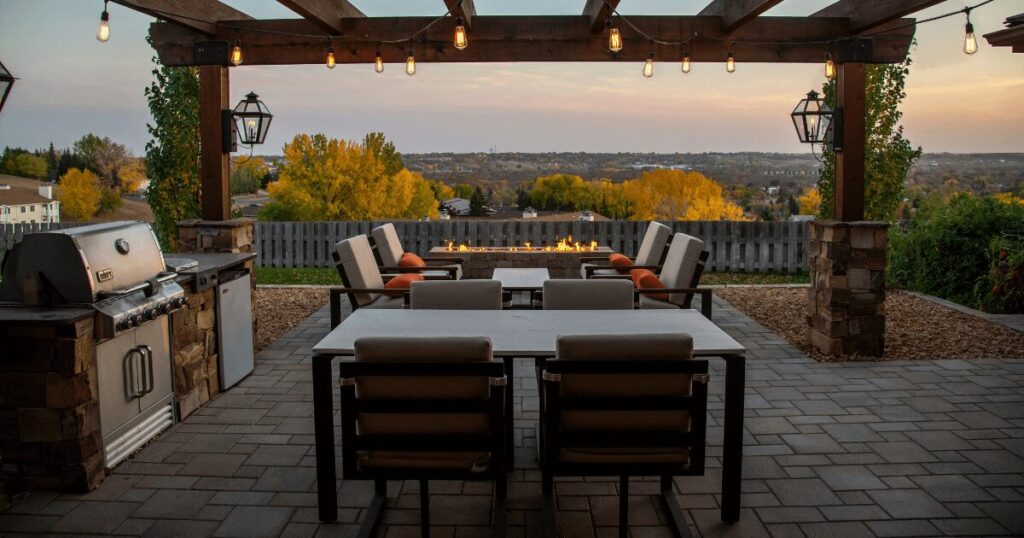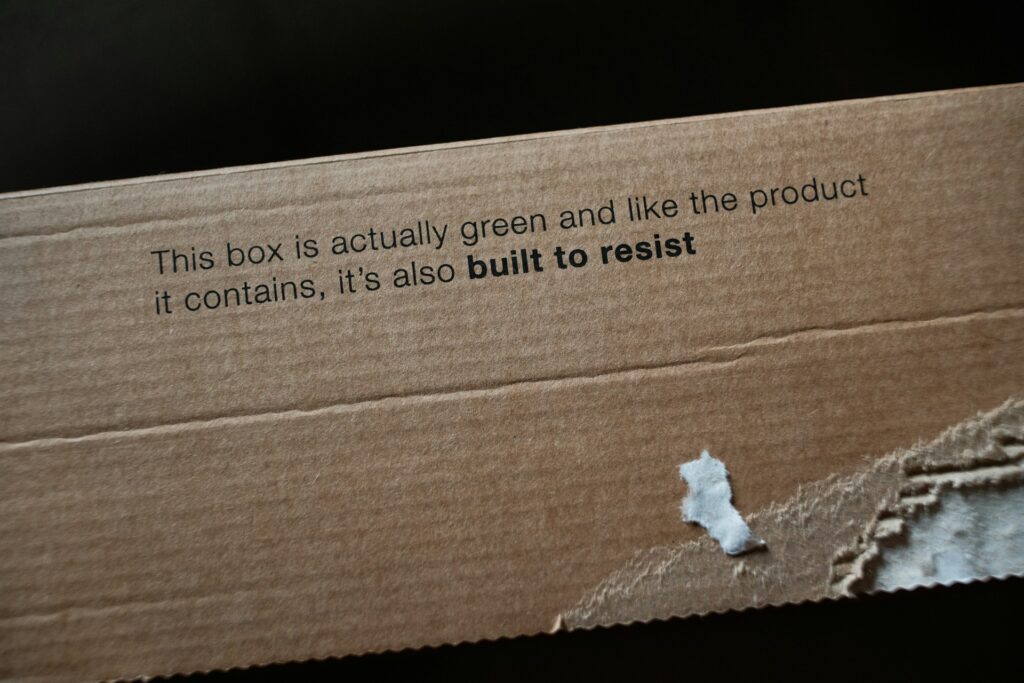We are reader-supported. When you buy through links on our site, we may earn an affiliate commission.
Owning a home or renting an apartment costs money and people always seek ways to reduce bills. One place to scrutinize is your utilities. Reducing your water and electricity usage is simple when you start using these tips for saving money on utilities.
1. Bundle Your Appliances
We live in a Jetsons-like world — controlling every appliance from one device. Luckily, we don’t have to travel years forward to indulge. Combine your lighting, AC, windows and more into a smart home system. Set appliances to run during odd hours to avoid peak rates.Utilities like lighting and AC can automatically adjust when the room is empty to avoid wasted energy. You can also shut off appliances conveniently while at the office or on vacation.
2. Keep Your Drains Clear
Clean drains are essential whether you rent or own. If you put unsuitable objects down the toilet or tub, it could cost hundreds in repairs. Substances like kitty litter and coffee grounds should go in the trash, not down the toilet. You may not think these can cause clogs, but they clump up over time and block water from flowing.
Pour cooking oil, fat and grease into disposable containers. Though many people know oils don’t bode well for pipes, these sticky liquids still account for 47% of all sewer overflows annually in the U.S.
3. Use LED Lighting
LED lights are 90% more efficient than incandescent or fluorescent bulbs, and they have a lifespan of 60,000 hours. Many LED bulbs come with dimming compatibility to further decrease your energy consumption. Use them with a smart home system to produce double the energy savings. Buy standard white varieties, or choose from a range of colors to spice up your space.
4. Plug Up Leaks
Search for leaks around your place — including faucets and windows — and plug them up. A drafty window forces your AC to work harder, and dripping faucets culminate in gallons of wasted water.
Caulk or weatherstrip your windows to save on your bill. Tape transparent film to your windows to keep drafts out, and use white shades to redirect heat in hot months. Fix leaky faucets DIY-style, or call a plumber if the job is too intricate.
You should also weather strip your garage door to block off a constant flow of hot or cold air. This can help maintain your home’s interior temperatures while protecting bikes, cars and other items from the effects of extreme temperatures.
5. Forgo the Dryer
Air-drying your clothes can save you $200 a year, and it’s easy to do in an apartment or house. It’s also gentler on your clothing, as it doesn’t require the same tumbling and high heat that standard dryers use. Set up a clothesline in your yard, or buy a drying rack for your apartment.
If you aren’t ready to give up your dryer, use the machine’s moisture sensor. Regularly remove dust and lint from the trapper — this reduces the amount of work your dryer exerts. Let heavy towels, sheets and blankets air-dry. When you combine them with smaller linens, they don’t dry as effectively, which means multiple loads and more energy.
6. Buy a Tankless Heater
Tankless heaters only produce hot water when needed, which eliminates the high energy consumption from conventional heaters. A tankless heater can save you at least $100 a year, and gas and electric types generally have higher efficiency ratings than standard units.
If you’re a renter and have access to the heating system, you can turn down your water heater instead. Most come from the factory at 140 degrees Fahrenheit — reducing yours to 120 degrees saves money.
7. Check Your Refrigerator
Ensure your fridge’s seals are airtight — this prevents cold air from leaking. Cover all foods and liquids when storing them, as the moisture they release puts stress on the fridge’s compressor.
Defrost your unit regularly to avoid frost buildup and ensure it doesn’t get too cold. Thirty-five to 38 degrees Fahrenheit is the ideal temperature to reduce energy consumption.
8. Use a Power Strip
Plug your appliances into a power strip. To turn off electronics, you can flip one switch instead of pulling multiple plugs. Plus, you may not remember to unplug them every time.
Leaving electronics plugged in drains energy, even when they’re turned off. Attaching everything to one or two power sources instead of multiple ones allows you to eliminate unforeseen energy losses.
9. Buy Energy-Saving Appliances
Choose energy-saving options whenever you search for new appliances. Check the EnergyGuide label to estimate your appliance’s consumption compared to others.
Energy Star specializes in products requiring less energy, and all of their goods meet EPA criteria. Their fridges are 15% more efficient than standard guidelines, and their CFL bulbs are two-thirds more efficient than incandescent lights.
10. Install Solar Systems
Invest in roof panels to implement solar energy within your home. Installation is most effective if you live in a sunny location with little shade, as you’ll need plenty of rays for power.
If you’re renting a house, you can still take advantage of solar benefits by joining a community solar program. Receive the perks of going solar without the extra maintenance and fees.
Universal Tips for Saving Money on Utilities
An energy-efficient lifestyle is easy when you put your mind to it. All it takes is the willingness to change and a few creative ideas. Use these tips for saving money on utilities and stop stressing over the size of your bills.







